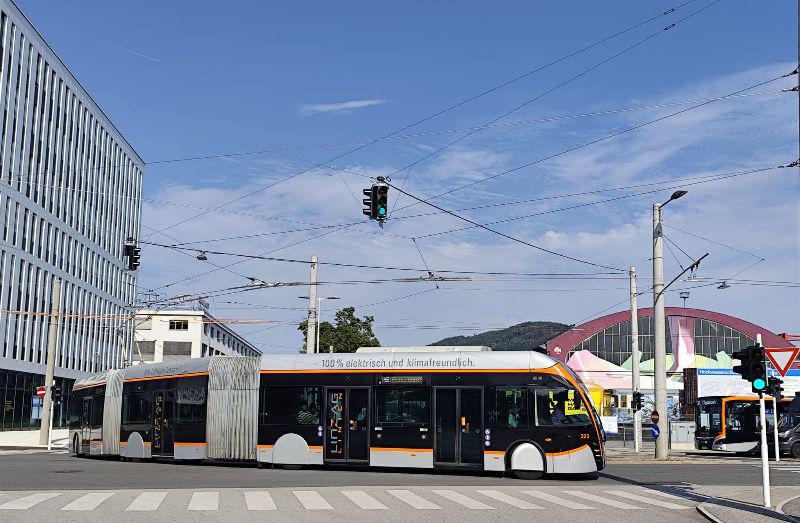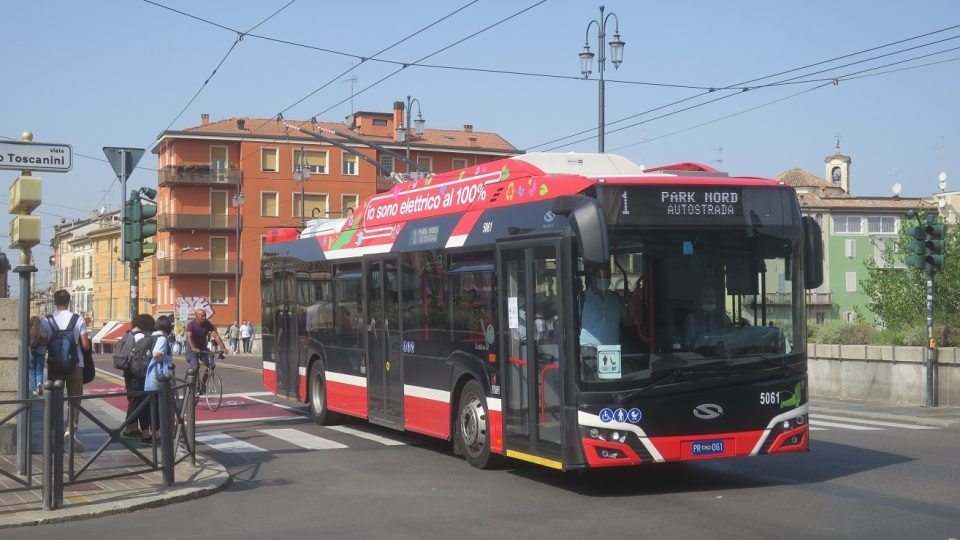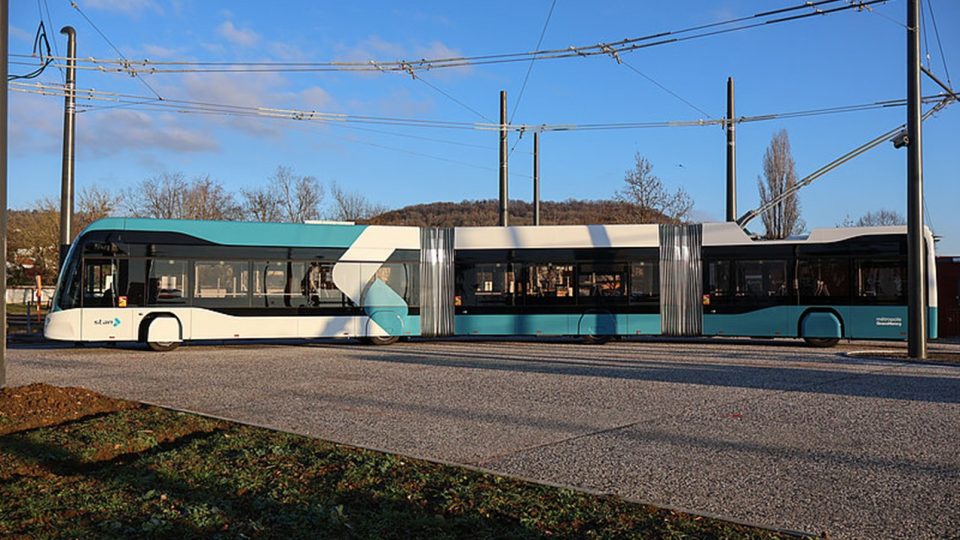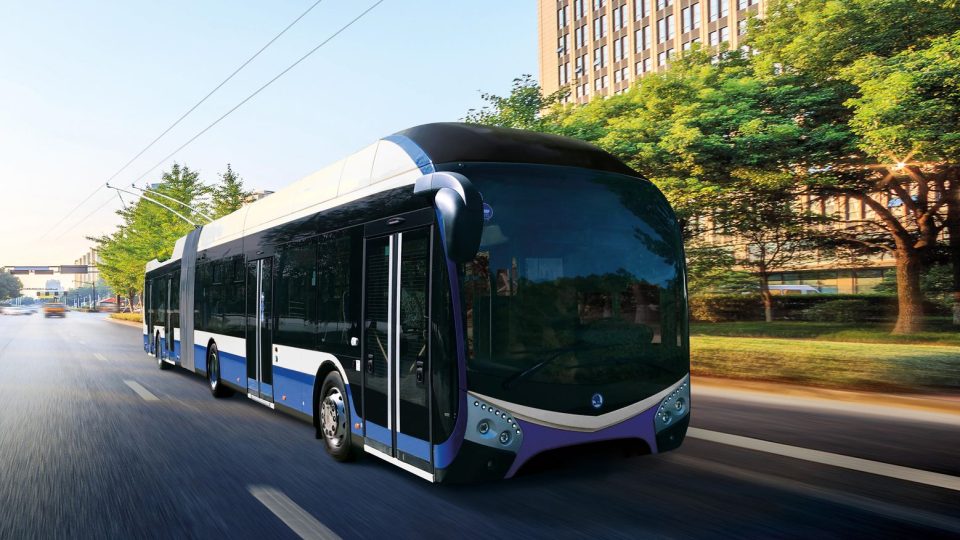Urbos 3, here are the new CAF trams for Budapest
Budapest’s tram fleet is being renewed, an important step in modernising public transport in the Hungarian capital, which has a population of more than 1,750,000. BKK, operator of the public transport network in Budapest, and the Municipality of Budapest, as part of the Széchenyi Plan Plus programme, have purchased 51 new vehicles, of the Urbos […]
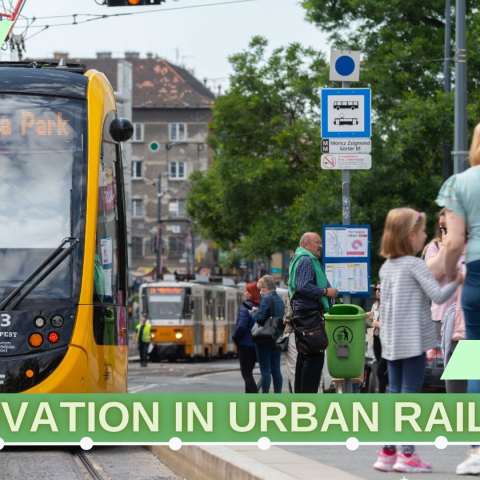
Budapest’s tram fleet is being renewed, an important step in modernising public transport in the Hungarian capital, which has a population of more than 1,750,000. BKK, operator of the public transport network in Budapest, and the Municipality of Budapest, as part of the Széchenyi Plan Plus programme, have purchased 51 new vehicles, of the Urbos 3 type built by the Spanish CAF, which will also provide spare parts and additional services.
Of the new vehicles, 46 will be short, five-module versions, with a total length of 34 metres and a capacity for 326 passengers, 46 of whom will be seated, while the five nine-module units, with a total length of 56 metres, will be able to transport up to 562 people, 81 of whom will be seated, and will be among the longest and largest trams in the world.
The purchase of the CAF trams for Budapest is a priority investment for the development of transport in the City of Budapest. Within the framework of the Integrated Operational Programme for Transport Development, the European Union is supporting the implementation of the project with HUF 54,148,355,554 from the Cohesion Fund, to which the Municipality of Budapest is contributing HUF 304,938,446 of its own funds.
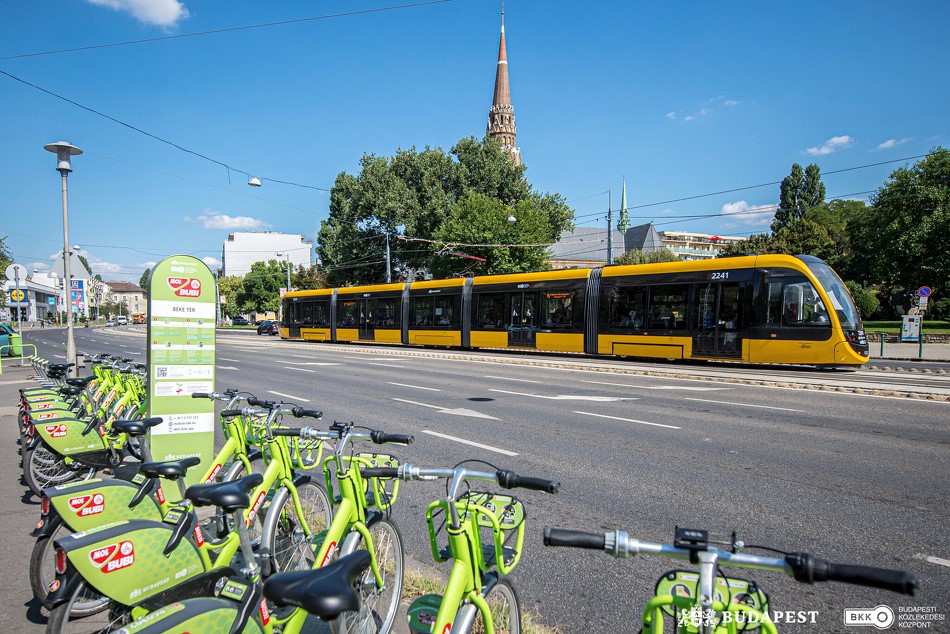
However, in order to order the last batch of 31 trams, it was necessary for the Hungarian government to reach an agreement with the European Commission to allow the City of Budapest to finance the purchase of additional new trams through the EU Cohesion Funds. Although the government and the capital had already agreed on the purchase of vehicles in May 2019, the approval for the disbursement of funds was delayed by a few years.
Budapest’s streetcar network
The tram network, opened in 1866 and electrified since 1887, has today 38 lines, with a total length of 174 km and 630 stops. Some of the lines carry the highest volume of passengers in Europe; daily operation is very demanding, with most lines operating from 4 a.m. to midnight; the frequency is certainly important, with runs every 5 to 10 minutes on average, thinning out slightly after 8 p.m. Line 1, for example, operating from Kelendolf to Becsi ut, ( lenght 18 km) runs during the day from 3 to 6 minutes, in the morning from 3 to 10 minutes and in the evening from 6 to 10 minutes. The journey time is approximately 51 minutes; assuming a lap time of 110-120 minutes, it is easy to guess the number of cars to be included in the line (approximately 35-40) and the hourly capacity per direction (more than 6000 passengers/hour).
The current fleet consists of 320 cars, and is quite heterogeneous; Some of the rolling stock dates back to the 1960s and 1970s, such as the TW 6000 and TW 6100 series of three-axle cars supplied by Ganz between 1967 and 1978, KSCV7 type cars built between 1969 and 1971, the single-axle trams T5C5 and T5C5K built by Tatra between 1980 and 1984, and the more modern Siemens Combino delivered between 2006 and 2007, up to the 47 Villamos built by CAF between 2016 and 2019. CAF has been a supplier to BKK since 2015, when it delivered 47 new cars to the Hungarian network, including 35 short and 10 long, together with 36 Solaris Trollino trolleybuses (20 two-axle and 16 articulated) as part of the ‘Budapest Tram and Trolleybus Rolling Stock Project Phase I’.
A first tranche of 20 short trams have already been ordered from CAF in October 2022, and in the past few days the order for the other 31 has been confirmed. The new trams are scheduled to enter into service at the end of September 2024, and will run until November 2026. It will be possible to exercise an option for up to 26 additional trams (21 short and 5 long).
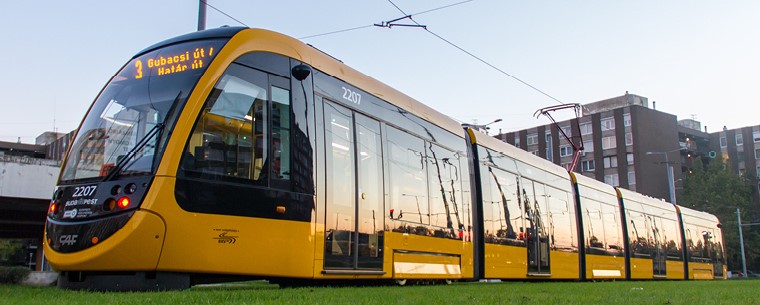
The arrival of the new trams will allow, in addition to the modernisation of the fleet, a marked improvement in the quality of travel, which will be possible on a greater number of cars with a fully lowered floor, and equipped with air conditioning and video surveillance. In addition to a high capacity, the new cars will be able to accommodate disabled passengers and pushchairs.
The new trams, a short version, will be used on lines 50 and 56/56a, while the 9-module trams will be concentrated on line 1, one of the high-demand force lines, and will be extended to Etele Square. Four stops on line 50 will also be rebuilt to improve accessibility: Kopssuth Square, Arpad Street, Baross Street and Csarda Square. The platform will be 26 cm higher and at least 36 metres long.
The new cars will make it possible to discard the older rolling stock, which is certainly robust but no longer in line with the running characteristics and comfort required of today’s trams.



